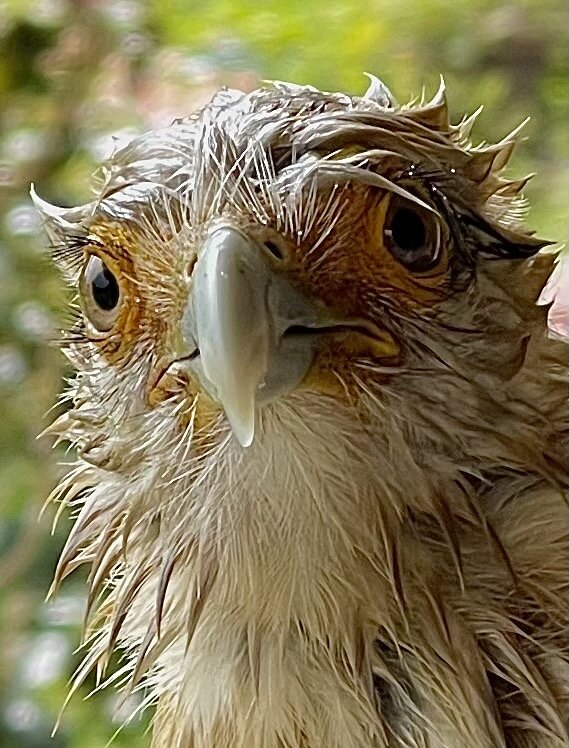Lockdown
Lockdown
It was mid-March 2020 when all the doors slammed shut. I had recently returned from South America, met my daughter Tammy in the airport when she arrived from Virginia and returned to my tiny farm in the western mountains of Panama. We planned to spend a few weeks there before flying to Arizona to visit my brother John and his wife Claudia and then returning to Virginia before heading north to my rustic cabin in a remote corner of Alaska. We had tickets in hand, documents ready.
Suddenly, with only two days’ notice, the government declared a total lockdown. All border crossings, all airports and ports, were closed, and all commercial flights were canceled. Stay-at-home orders were in place. Only trips to medical facilities, grocery stores and pharmacies were permitted. Only three trips per week were allowed, one family member at a time, men and women on alternate days of the week, total lockdown on weekends.
I, at least, had the company of my daughter during lockdown. But it was more than a year before restrictions eased enough that her husband could come for a visit.
Confined to a seven-acre farm in the mountains of Panama, (which was far more room than many people had during lockdown), I began to look around for subjects to photograph.
I was aware that a pair of local falcons frequently came and perched in a tall, dead tree some 75 yards across our patio, searching for grasshoppers, lizards or various other bugs or checking our compost pile in the edge of the woods for anything they might find palatable.
They were yellow-headed caracaras. While they look like heavy hawks, they are members of the falcon family. They are much slower, heavier and far less maneuverable than more well-known falcons, so they don’t even try to prey on other smaller birds. They are also scavengers often seen along highways looking for roadkill. Tammy and I later discovered they love to eat scorpions. They also love her homemade pizza.
I wondered if, lacking a super long telephoto lens, if I could get them to trust me enough that they would come in closer so that I could make meaningful photos of them.
Gradually I started talking to them to get them accustomed to my voice, slowly moving out near the tree where they perched. I started putting pieces of hotdog on the grass, and they found they liked it. Gradually I moved the pieces closer to the terrace and into a length of bamboo we used to hold bananas to feed smaller birds. After more than four months they were eating from our fingers on the terrace rail. These are some of the resulting images.
We found they have very distinct personalities and tastes. One day we had placed pieces of old chicken on the terrace rail. Later, as Tammy brought fresh, hot pizza to the terrace table for lunch, they both landed on the rail with bite-sized chicken waiting for them. But they didn’t eat. Tammy served our pizza just across the table from the terrace rail. The caracaras stood there on the rail within reach of chicken on both sides. They proceeded to look at us directly in the eyes and then looked down at our pizza. This continued multiple times with them looking up at us and then down by at our pizza. While they couldn’t speak English (or Spanish), their behavior spoke volumes. They were definitely saying, “Can’t we have some of your fresh pizza rather than this cold, stale chicken?”
A few months later, they flew up to the farm and introduced two juvenile caracaras to us. We call the juveniles “niño” and “niña”. Despite their considerable size, they still flutter their wings and cry for mommy and daddy to feed them. Finally, Niño will eat from our fingers.






















